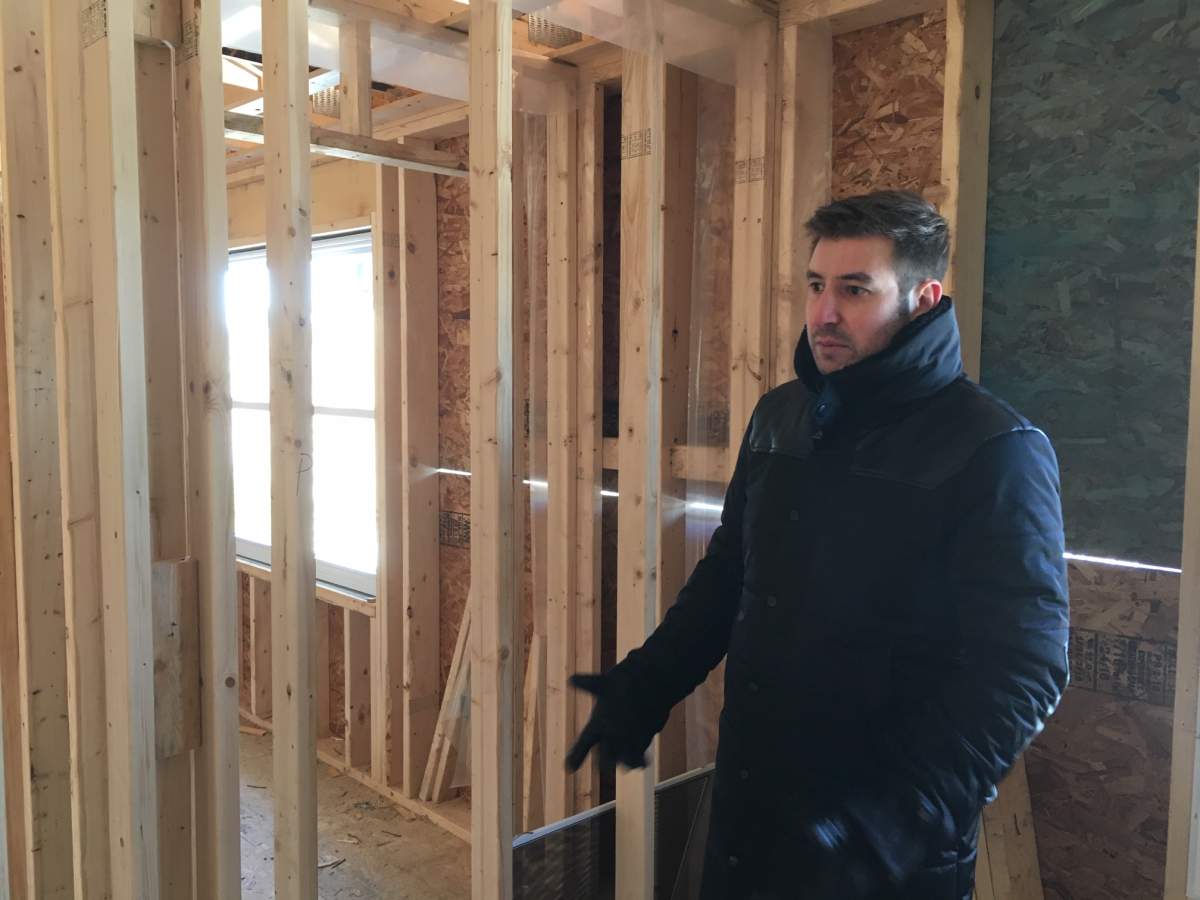Despite the unimaginable sense of loss, it’s possible the Halifax fire that killed all seven children of Syrian refugees Kawthar and Ebraheim Barho, could bring about some positive changes.

People in the family’s Halifax neighbourhood, Spryfield, consider the tragedy a wake-up call for fire safety.
Neighbours tell Global News they are considering purchasing escape ladders, reviewing fire safety measures in their homes, and discussing the issue with their children, many of whom were classmates and friends of the Barho children.
Witnesses say the fire escalated, from smoke to flames, almost instantly.
READ MORE: Volunteers create fire-safety training for immigrants in the wake of fatal Halifax fire
Among those watching for details of the cause, and why it spread so quickly, are national building code planners.
“We’re following the events in Halifax right now. We’re waiting for the investigators to complete their reports,” said Phil Rizcallah, construction research director of the National Research Council.
Rizcallah says they’re looking for evidence that could force new safety measures.
The Halifax Fire Service says newer homes, like the one the Barhos were renting, contain thinner lumber, plaster instead of drywall and PVC drain pipes instead of cast iron pipes.
With modern truss systems resembling organized kindling, fires can spread faster. Halifax contractor Floran Lambie says there are good reasons for the lighter-weight building material.

Get daily National news
“We’re trying to build a greener environment, more energy-efficient to build the homes. So, in order to do that, the struggle has been ‘let’s build as strong a home, with less timber, with less wood.'”
Identifying improvements is easy, says one builder.
“Things like using thicker, heavier drywall, though more difficult to install and slightly more expensive, is really good at keeping fire in one room before it propagates,” said Halifax contractor, Nick Rudnicki.
WATCH: Volunteers create fire safety training for immigrants

Another potential measure is installing sprinkler systems in new homes, as mandated in a growing number of communities in British Columbia.
Advocates say sprinklers save lives and they add just a small percentage extra to construction costs.
But, Rizcallah suggests, there’s no single fix.
“It’s not just one-off, ‘we’re gonna put sprinklers in and that’s gonna be the solution,’ because if you’re living in a neighbourhood without water supply, the sprinkler system might not necessarily be the only solution that’ll work.”
READ MORE: Halifax anthropology professor condemns hateful comments on Barho tragedy
Friends say the Barho family received education on fire safety when they arrived in Canada in 2017. They say that the parents complained recently about problems with the home’s electric baseboard heating system.
The Research Council says it’s too early to say what, if anything, will change.
Any new mandatory measures would be included in an updated national building code, expected to be introduced next year.









Comments